Tenerife: The all-rounder
Tenerife is the largest and most visited Canary Island, packed with various attractions and things to do. From the lunar landscapes of Teide National Park — with Spain’s highest peak, Mount Teide — to the lively resorts of Playa de las Américas and Los Cristianos, there’s something for everyone. Whether you’re travelling with family and friends, or embarking on a solo trip, Tenerife will surely keep you occupied.
Hikers may enjoy the challenge of roaming to the peak of the almighty Mount Teide via the Montaña Blanca peak. Alternatively, hop in a cable car to reach the volcano. On clear days, you can gaze across all the Canary Islands from its summit. And those who’d like to immerse themselves in the local culture shouldn’t miss the annual Carnival of Santa Cruz. This colourful, glittery spectacle can be compared to Rio's extravagant festival.
Nestled in Costa Adeje, the Gran Hotel Bahia Del Duque, reminiscent of a 19th-century Canarian villa, promises a lavish retreat with sunlit rooms, gourmet dining, and stunning Atlantic views. With its harmonious blend of old-world charm and modern luxury, look forward to beachfront mornings that effortlessly transition into evenings of decadent dinners.
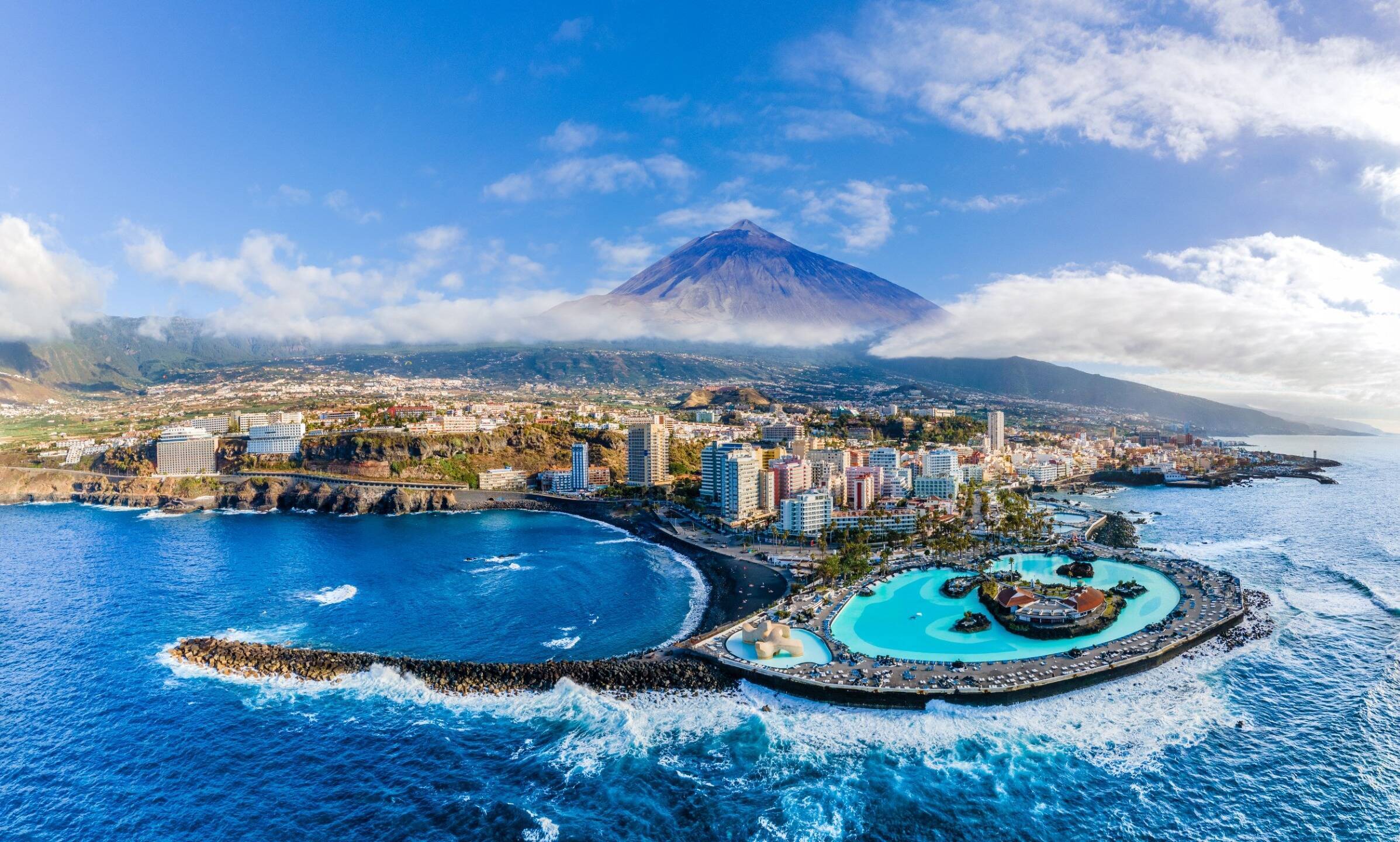

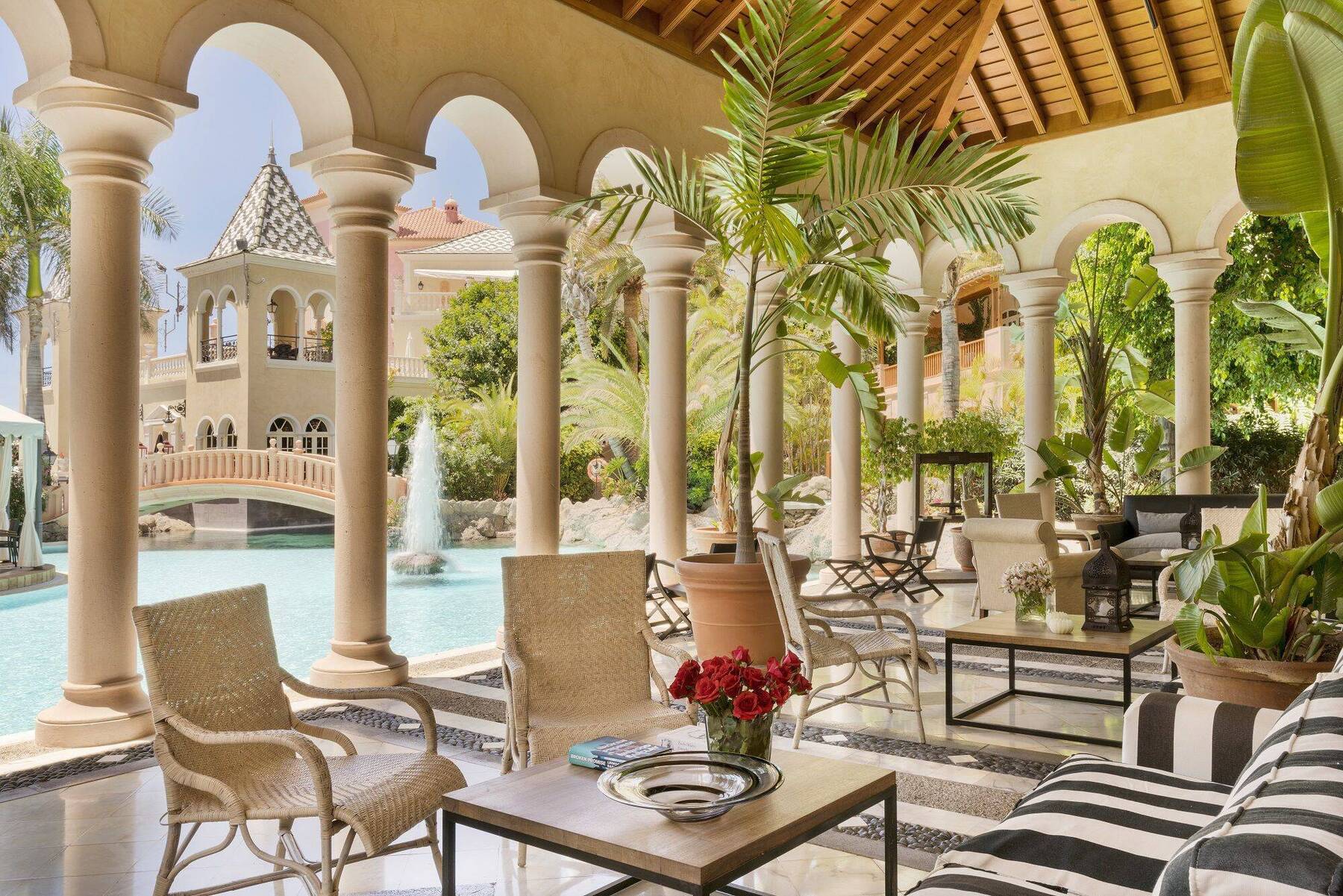
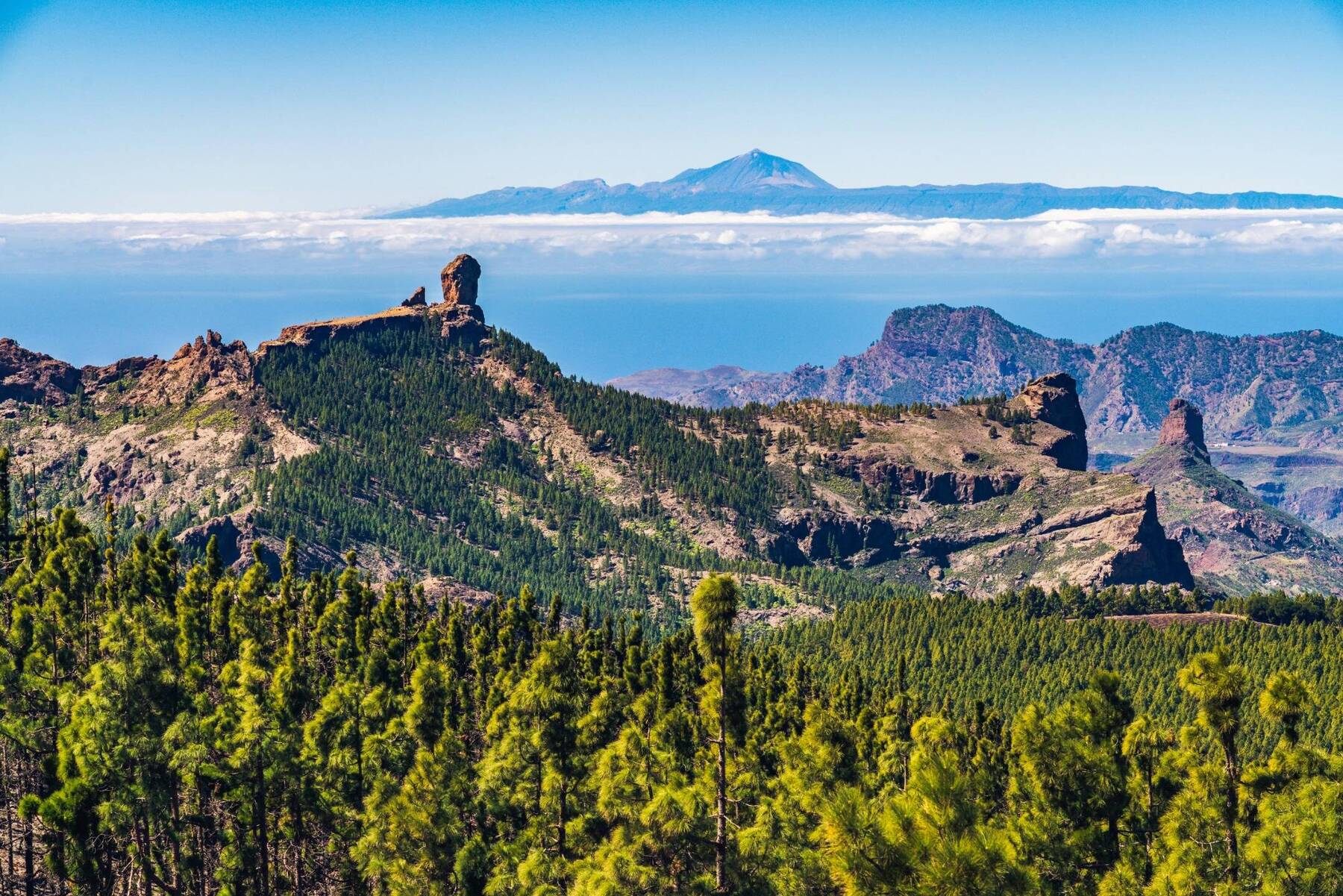
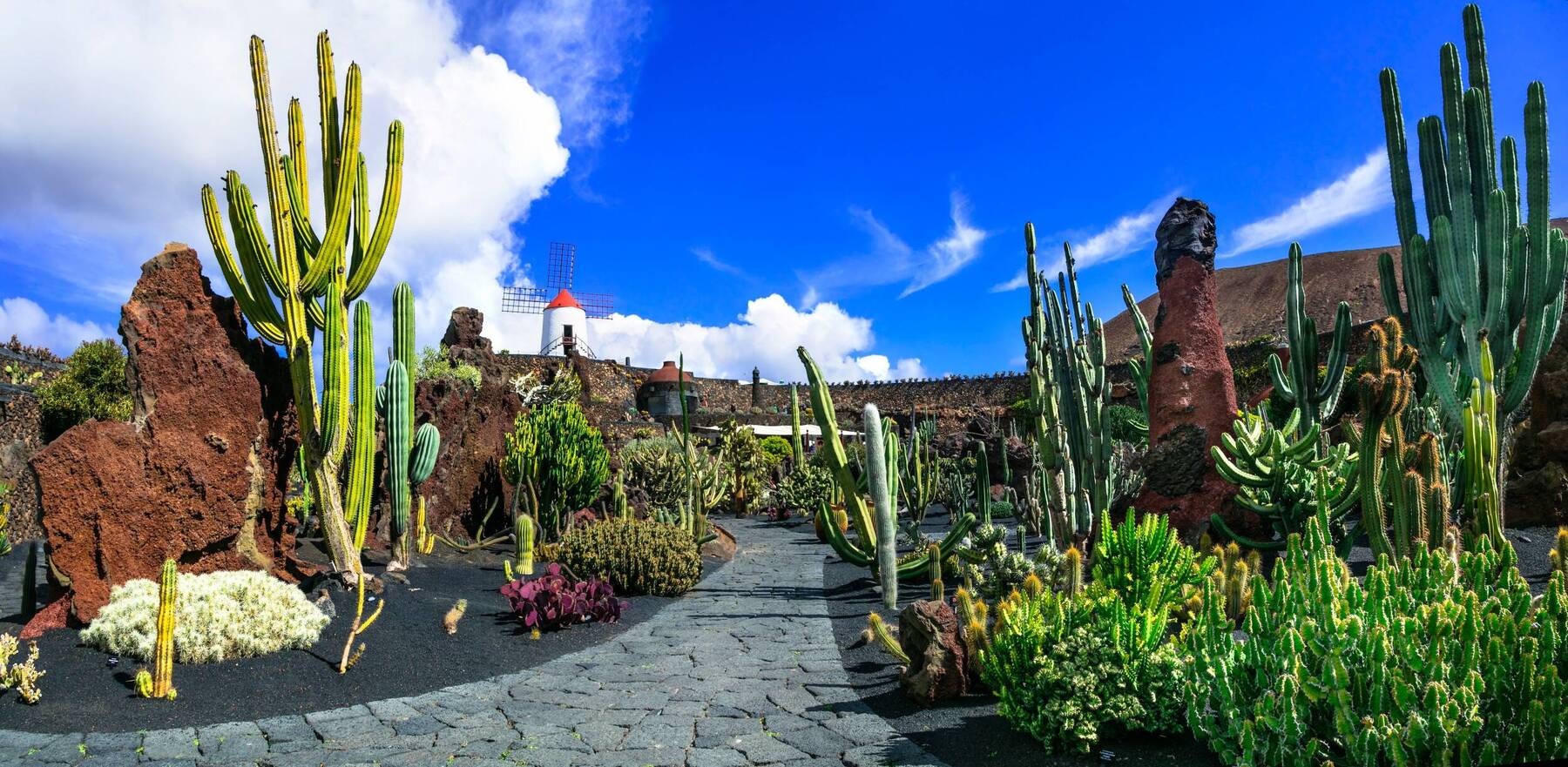

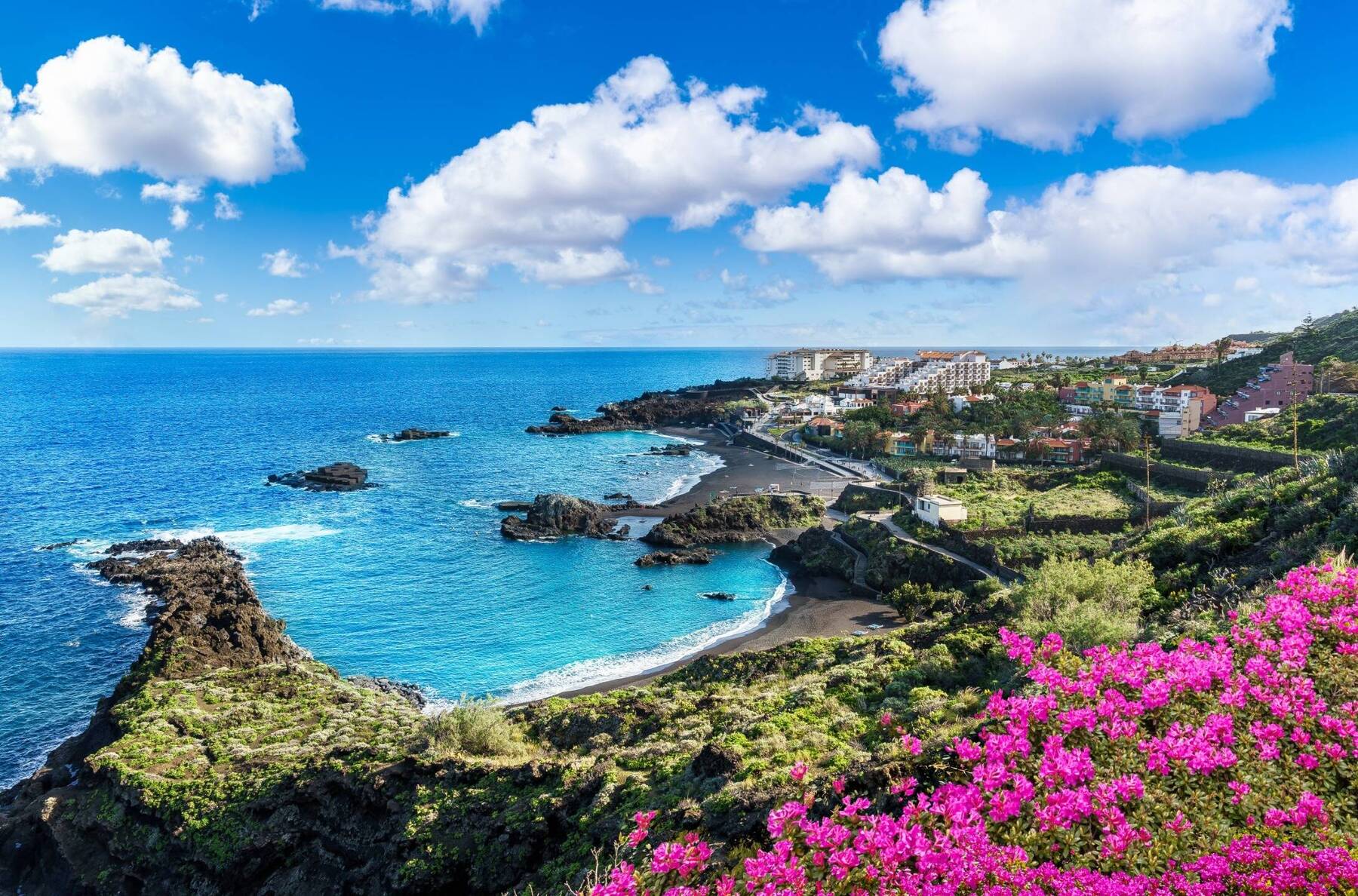
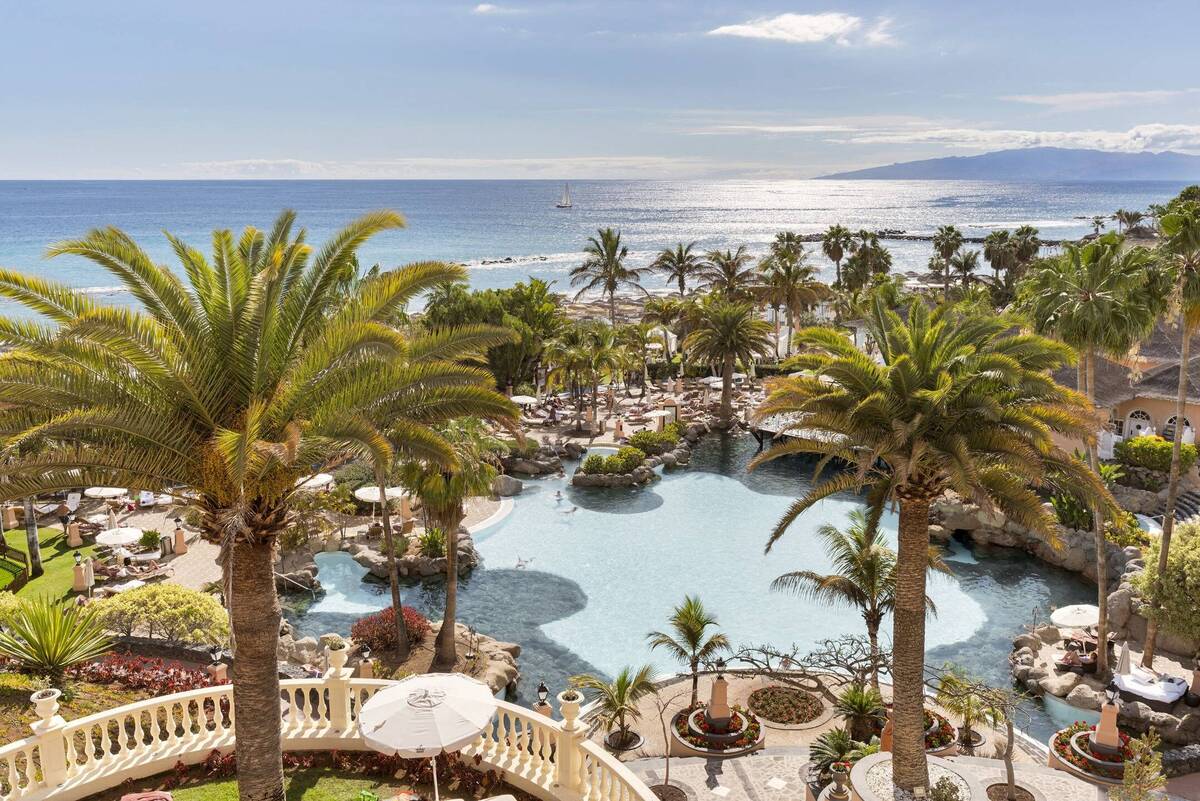

















Comments